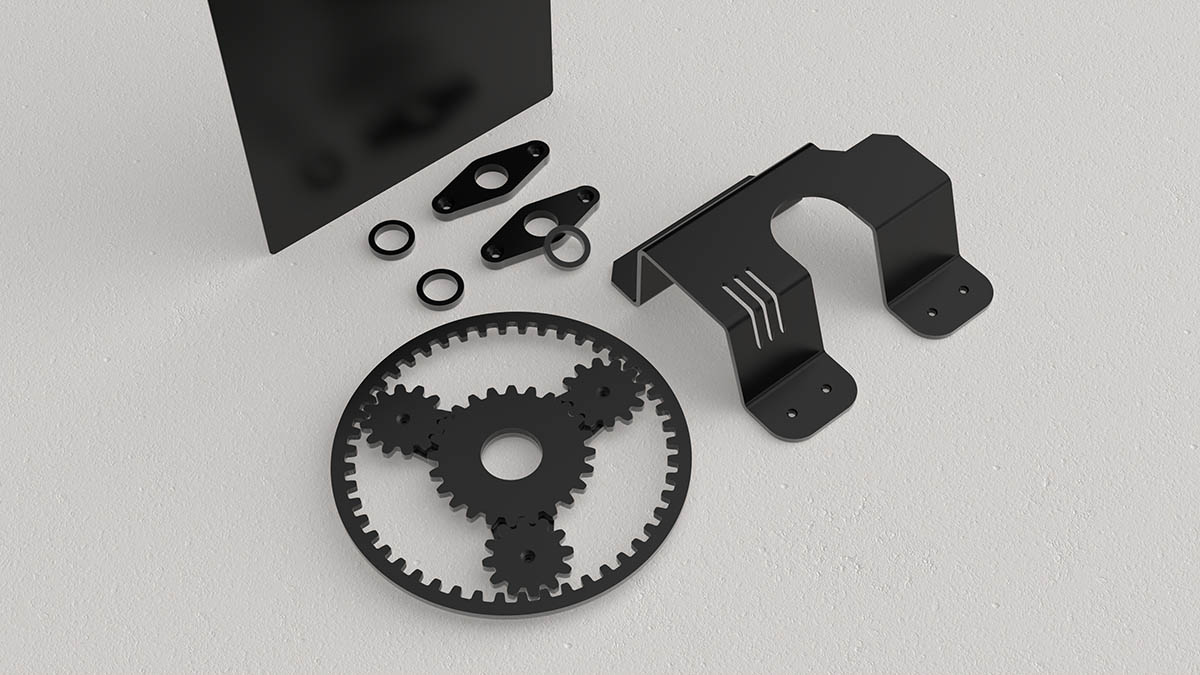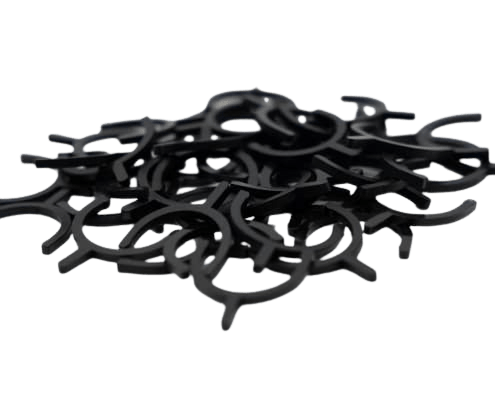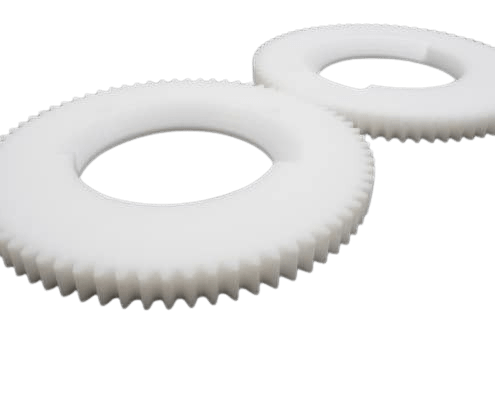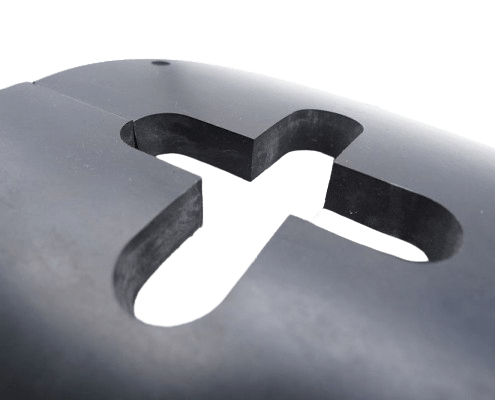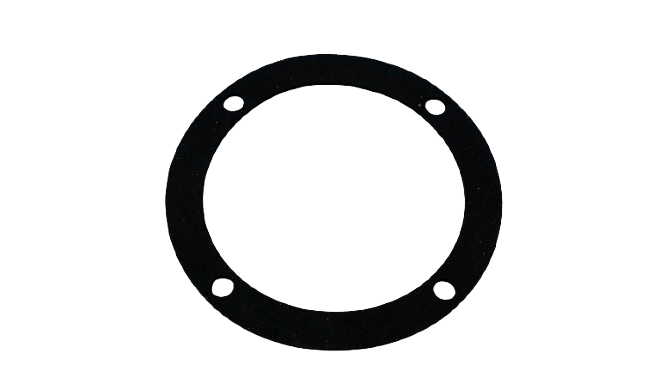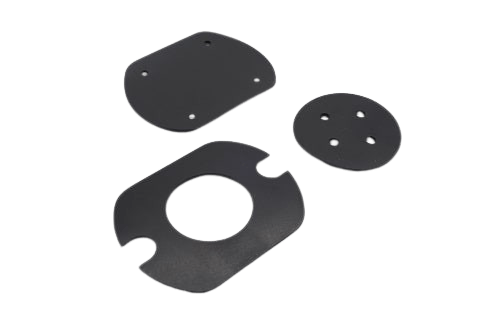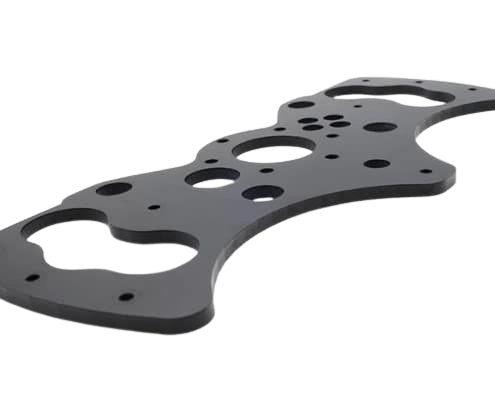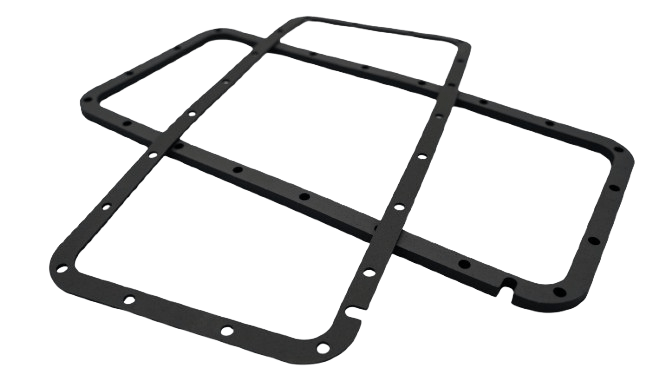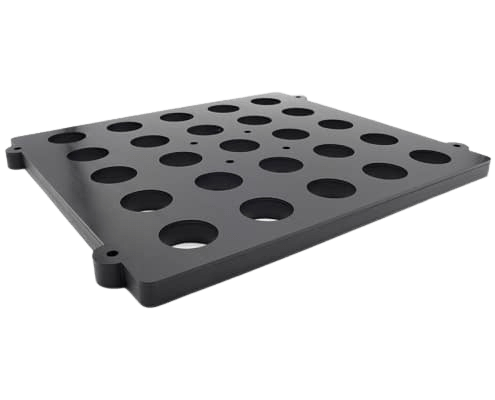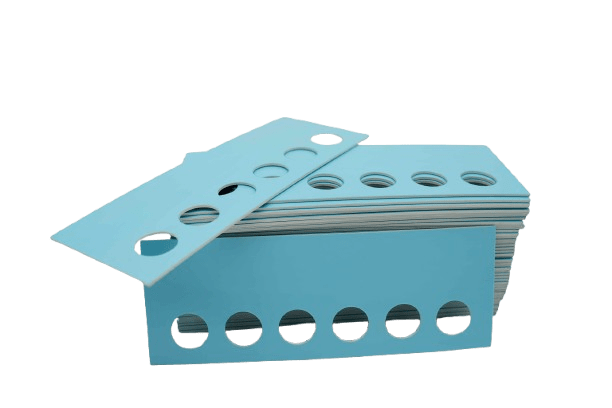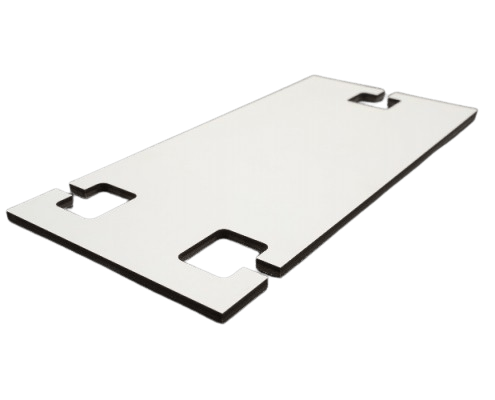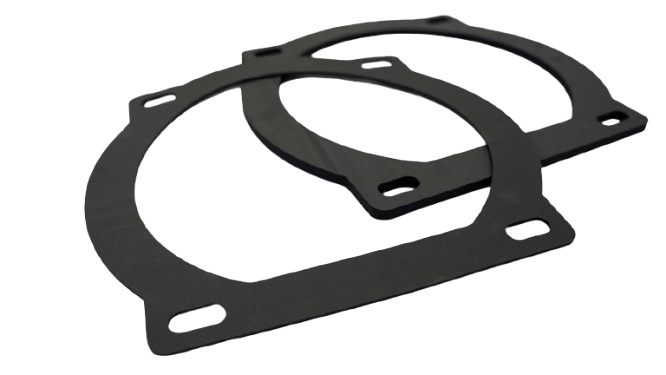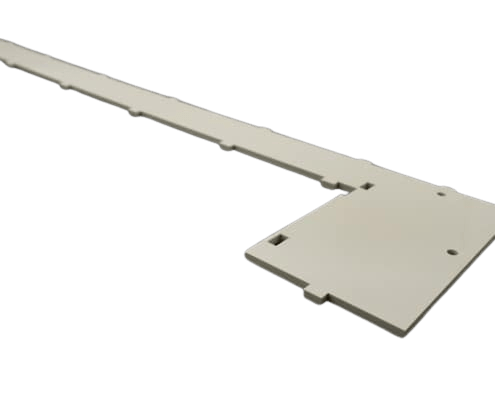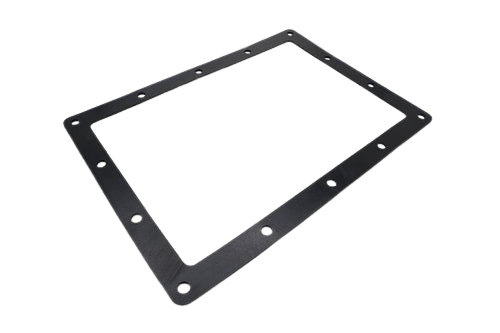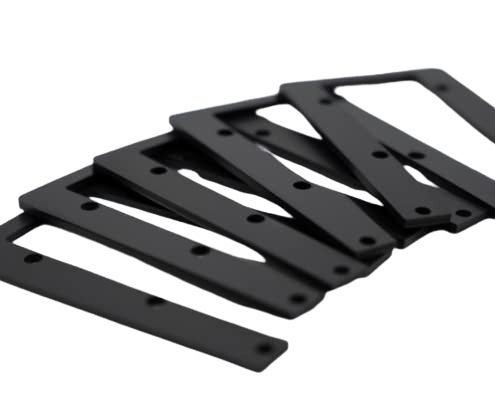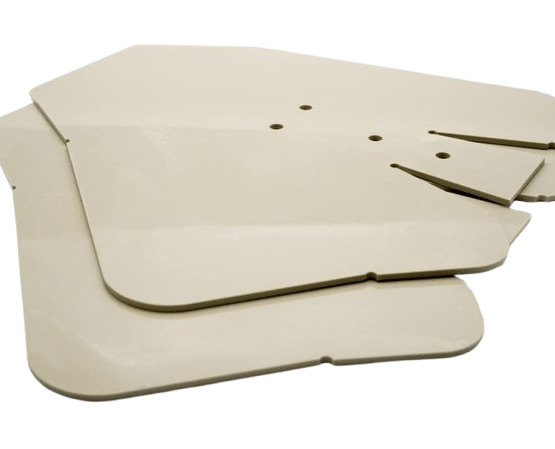Algemeen
Soortelijke massa
0,95 g/cm³
Vochtopname bij normaal klimaat
0,05 %
Brandgedrag
B2
Specifieke warmtecapaciteit
2,5 kj/Kg°C
Temperatuurbereik
Minimale gebruikstemperatuur
-40°C
Maximale gebruikstemperatuur
+80°C
Mechanisch
Treksterkte
22 N/mm
Rek tot breuk
>500 %
E-Modulus
800 N/mm²
Buigsterkte
25 N/mm²
Slagsterkte
12 Charpy
Shore of kogeldruk hardheid
63 Shore °D
Wrijvingscoëfficiënt
0,25
Elektrisch
Relatieve elektrische constante
2,3 / 100 Hz
Diëlektrische verliesfactor
0,0002 / tan (..x10⁻³)
Specifieke weerstand
>10 / 16 Ω cm
Oppervlakte weerstand
>10 / 13 Ω
Kruipstroomvastheid
>600 KC
Doorslagspanning
50 kV/mm
Thermisch
Kristallijn smeltpunt
126-135 °C
Warmte geleidbaarheid
0,38 W/m°K
Lineaire uitzettingscoëfficiënt
0,18 mm/m°C
Gebruikstemperatuur lange termijn onbelast
-50/80 °C
Maximale gebruikstemperatuur korte termijn
100 °C
Hitte vormbestendigheid
48 °C
